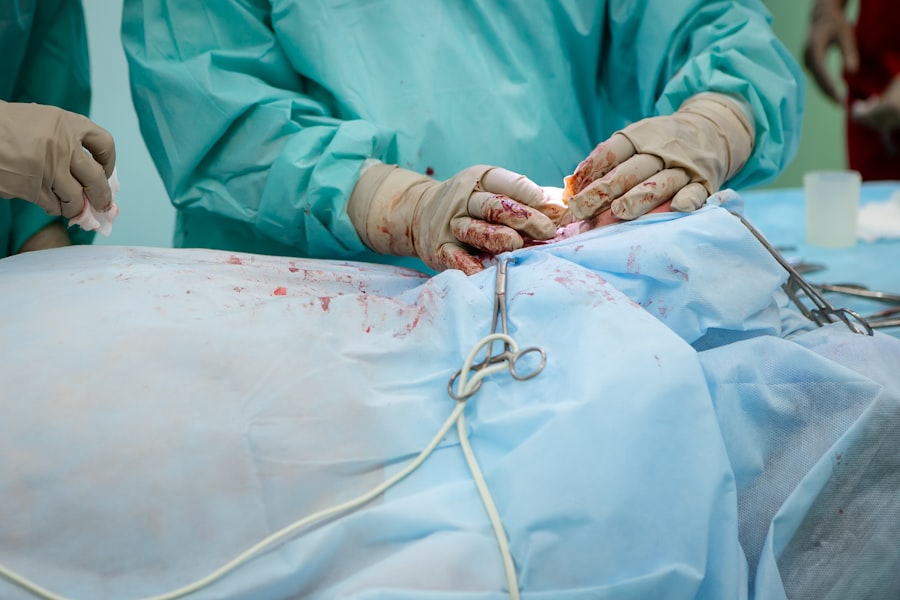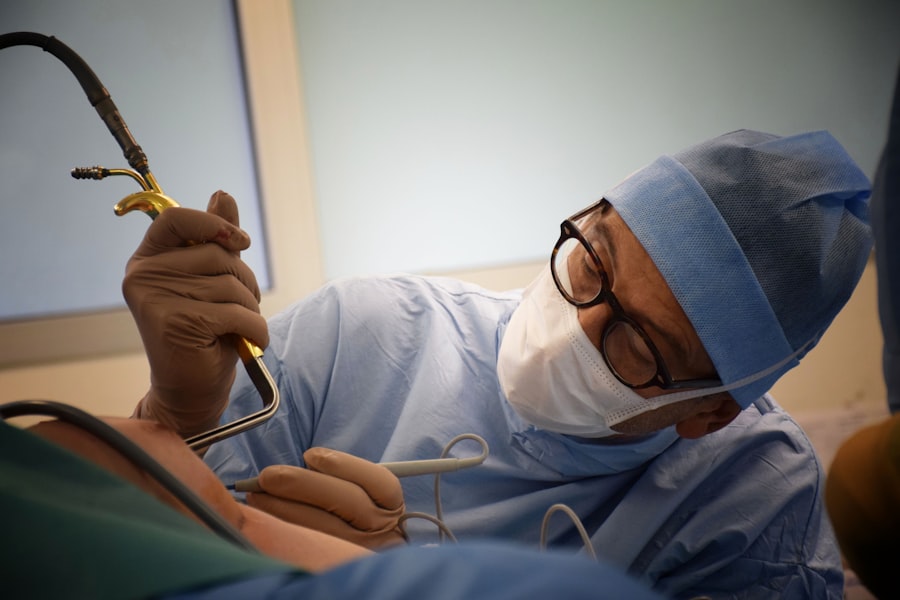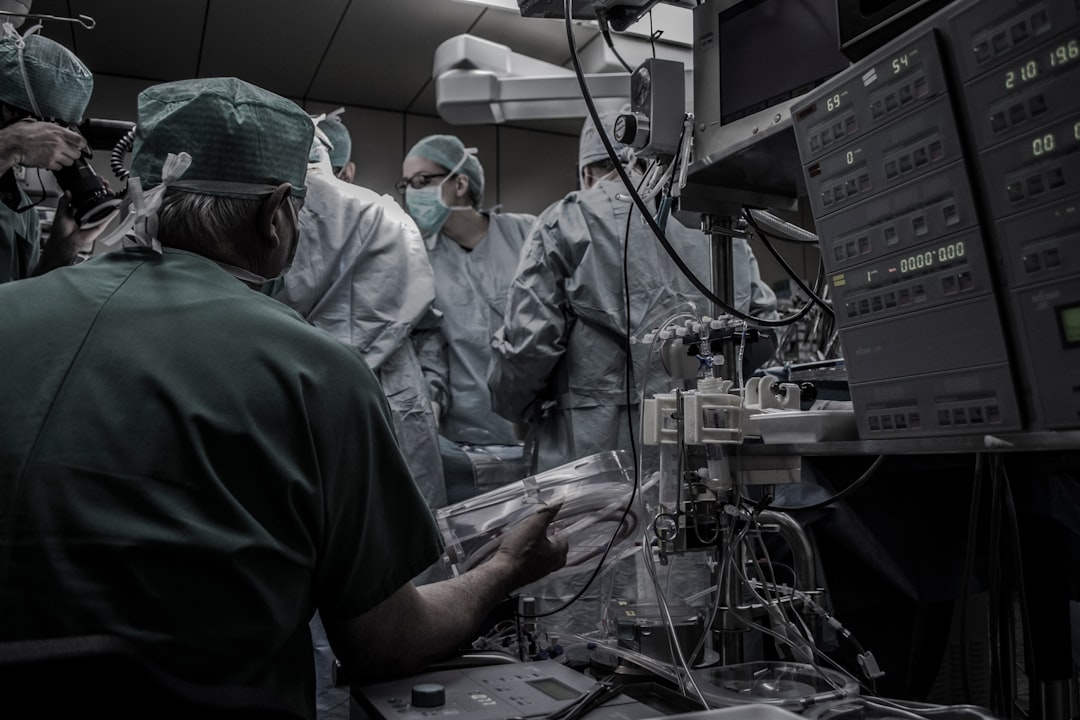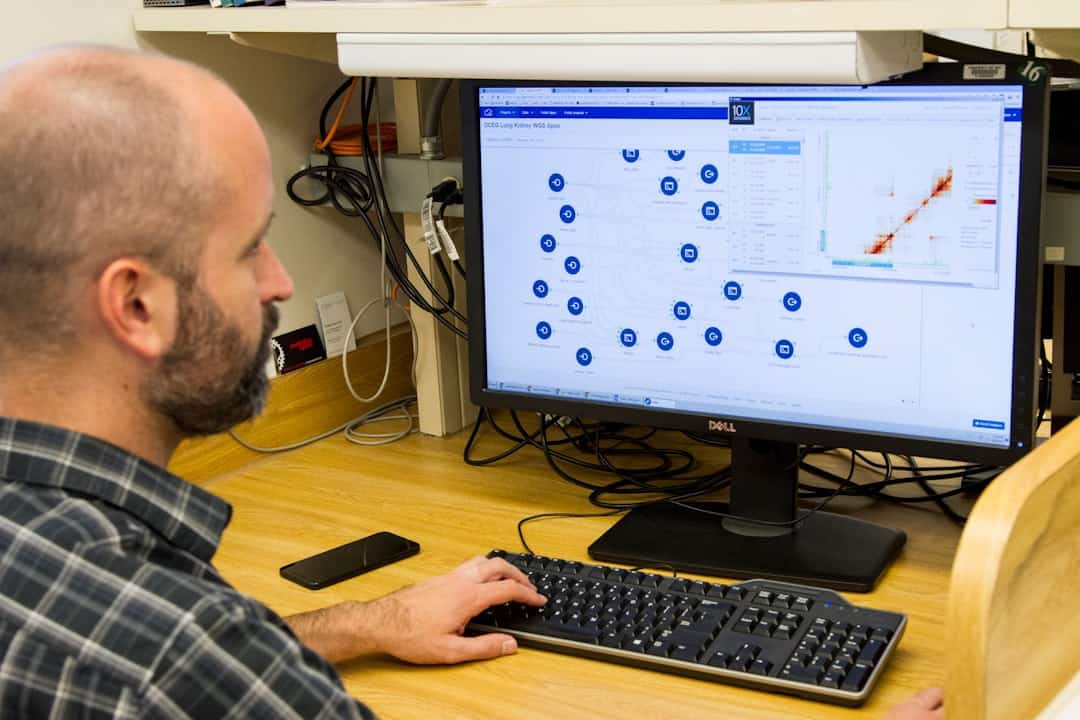The journey of surgical technology has been nothing short of remarkable, evolving from rudimentary techniques to sophisticated robotic systems that redefine the boundaries of what is possible in the operating room. In the early days of surgery, procedures were performed with basic tools and a limited understanding of human anatomy. Surgeons relied heavily on their manual dexterity and experience, often facing significant risks due to the lack of precision and control.
As medical knowledge advanced, so did the tools available to surgeons. The introduction of anesthesia and antiseptics in the 19th century marked a pivotal moment, allowing for more complex procedures and significantly improving patient outcomes. Fast forward to the late 20th century, and we witness the dawn of minimally invasive surgery, which revolutionized the field.
Techniques such as laparoscopy allowed surgeons to perform operations through small incisions, reducing recovery times and minimizing complications. However, even these advancements had limitations in terms of visibility and dexterity. The advent of robotic-assisted surgery in the early 2000s marked a significant leap forward.
Robotic systems, such as the da Vinci Surgical System, provided surgeons with enhanced visualization, precision, and control, enabling them to perform intricate procedures with greater ease. This evolution has not only transformed surgical practices but has also set the stage for a future where technology and medicine are increasingly intertwined.
Key Takeaways
- Surgical technology has evolved from traditional methods to robotic tele-surgery, allowing for greater precision and minimally invasive procedures.
- Intuitive Surgical’s robotic tele-surgery system allows surgeons to operate remotely with the help of a robotic arm and advanced imaging technology.
- Robotic tele-surgery offers advantages for both surgeons and patients, including reduced recovery time, smaller incisions, and improved surgical precision.
- Challenges in implementing robotic tele-surgery include cost, training, and ensuring patient safety and privacy.
- The future of surgical precision lies in continued innovations in robotic tele-surgery, such as enhanced imaging and artificial intelligence integration.
Intuitive Surgical’s Robotic Tele-Surgery: How It Works
At the forefront of robotic tele-surgery is Intuitive Surgical’s da Vinci Surgical System, a groundbreaking platform that has redefined surgical procedures across various specialties. The system consists of a surgeon’s console, robotic arms equipped with surgical instruments, and a high-definition 3D camera that provides an unparalleled view of the surgical field. The surgeon operates from a console that is positioned away from the patient, allowing for a comfortable and ergonomic experience.
This setup not only enhances the surgeon’s ability to manipulate instruments with precision but also minimizes physical strAIn during lengthy procedures. The da Vinci system employs advanced robotics and sophisticated software to translate the surgeon’s hand movements into precise actions performed by the robotic arms. Each instrument is designed to mimic the natural movements of the human wrist, providing a level of dexterity that surpasses traditional laparoscopic techniques.
The high-definition 3D visualization allows surgeons to see intricate details of anatomy, enhancing their ability to navigate complex structures. Furthermore, the system’s ability to filter out hand tremors ensures that even the most delicate maneuvers can be executed with confidence. This seamless integration of technology and surgical expertise exemplifies how robotic tele-surgery is reshaping the landscape of modern medicine.
Advantages of Robotic Tele-Surgery for Surgeons and Patients

Robotic tele-surgery offers a multitude of advantages for both surgeons and patients, making it an increasingly popular choice in various medical fields. For surgeons, one of the most significant benefits is the enhanced precision and control afforded by robotic systems. The ability to perform intricate movements with minimal tremor allows for greater accuracy in delicate procedures, such as prostatectomies or cardiac surgeries.
Additionally, the ergonomic design of the surgeon’s console reduces fatigue during long operations, enabling surgeons to maintain focus and performance throughout the procedure. From a patient’s perspective, robotic tele-surgery presents numerous benefits that contribute to improved outcomes and experiences. One of the most notable advantages is the reduction in recovery time associated with minimally invasive techniques.
Smaller incisions lead to less trauma to surrounding tissues, resulting in decreased pain and shorter hospital stays. Patients often experience fewer complications and faster return to normal activities compared to traditional open surgeries. Moreover, the enhanced visualization provided by robotic systems allows for more precise removal of diseased tissue while preserving healthy structures, ultimately leading to better long-term results.
Overcoming Challenges in Robotic Tele-Surgery Implementation
| Challenges | Metrics |
|---|---|
| Cost | Implementation cost, maintenance cost |
| Training | Number of training hours, success rate of trained staff |
| Regulatory approval | Time taken for approval, number of regulatory hurdles |
| Technical issues | Downtime, error rates |
| Integration with existing systems | Compatibility issues, time for integration |
Despite its many advantages, the implementation of robotic tele-surgery is not without challenges. One significant hurdle is the high cost associated with acquiring and maintaining robotic surgical systems. Hospitals must weigh the financial investment against potential benefits, which can be particularly daunting for smaller facilities or those with limited budgets.
Additionally, there is a learning curve associated with adopting new technology; surgeons must undergo extensive training to become proficient in using robotic systems effectively. Another challenge lies in integrating robotic tele-surgery into existing surgical workflows. Operating room teams must adapt to new protocols and communication strategies to ensure seamless collaboration between surgeons and robotic systems.
This transition can be met with resistance from staff who may be accustomed to traditional methods or who may have concerns about relying on technology during critical procedures. Addressing these challenges requires strong leadership, ongoing education, and a commitment to fostering a culture of innovation within healthcare institutions.
The Future of Surgical Precision: Innovations in Robotic Tele-Surgery
As technology continues to advance at an unprecedented pace, the future of robotic tele-surgery holds exciting possibilities for enhancing surgical precision and patient care. One area of innovation is the integration of artificial intelligence (AI) into robotic systems. AI algorithms can analyze vast amounts of data from previous surgeries to provide real-time insights and recommendations during procedures.
This capability could assist surgeons in making informed decisions based on historical outcomes, ultimately improving patient safety and surgical success rates. Moreover, advancements in haptic feedback technology are poised to revolutionize the way surgeons interact with robotic systems. By providing tactile sensations that mimic the feeling of traditional surgery, haptic feedback can enhance a surgeon’s ability to gauge tissue resistance and manipulate instruments more intuitively.
This innovation could bridge the gap between robotic-assisted surgery and conventional techniques, allowing for an even more seamless experience for both surgeons and patients.
Training and Education for Surgeons in Robotic Tele-Surgery

Simulation-Based Learning and Hands-On Experience
Many institutions have established specialized training programs that combine simulation-based learning with hands-on experience in controlled environments. These programs allow surgeons to practice their skills without putting patients at risk while gaining familiarity with the intricacies of robotic systems.
The Importance of Mentorship
Furthermore, mentorship plays a vital role in developing proficiency in robotic tele-surgery. Experienced surgeons who have mastered these techniques can guide their peers through complex procedures, sharing valuable insights and best practices along the way.
Fostering a Culture of Continuous Improvement
Collaborative learning environments foster a culture of continuous improvement, ensuring that surgical teams remain at the forefront of technological advancements while prioritizing patient safety.
Ethical and Legal Considerations in Robotic Tele-Surgery
As with any emerging technology in healthcare, robotic tele-surgery raises important ethical and legal considerations that must be addressed by medical professionals and policymakers alike. One primary concern revolves around accountability in cases where complications arise during robotic-assisted procedures. Determining liability can be complex when multiple parties are involved—surgeons, manufacturers, and hospital administrators—leading to questions about who is responsible for adverse outcomes.
Additionally, issues related to patient consent must be carefully navigated in the context of robotic tele-surgery. Patients should be fully informed about the nature of their procedure, including potential risks and benefits associated with robotic assistance. Ensuring transparency in communication fosters trust between patients and healthcare providers while empowering individuals to make informed decisions about their care.
Patient Perspectives: Experiences with Robotic Tele-Surgery
Patient experiences with robotic tele-surgery often reflect a sense of optimism and satisfaction regarding their treatment outcomes. Many individuals report experiencing less pain and quicker recovery times compared to traditional surgical methods, which significantly enhances their overall quality of life post-operation. The minimally invasive nature of robotic procedures often leads to smaller scars and reduced hospital stays, allowing patients to return to their daily routines sooner than expected.
Moreover, patients frequently express appreciation for the advanced technology utilized during their surgeries. The high-definition visualization provided by robotic systems instills confidence in both patients and their families regarding the precision of their procedures.
In conclusion, the evolution of surgical technology has paved the way for remarkable advancements such as robotic tele-surgery. As we continue to explore its potential benefits and address associated challenges, it is evident that this innovative approach holds great promise for enhancing surgical precision and improving patient outcomes in the years to come.
For those interested in the advancements of robotic surgery and the integration of high-precision technologies in medical procedures, exploring the potential of the metaverse in this field can be quite enlightening. The article titled “Significance and Impact of the Metaverse” on Metaversum.it delves into how virtual environments can revolutionize various industries, including healthcare.
You can read more about this fascinating intersection of technology and medicine by visiting











Leave a Reply